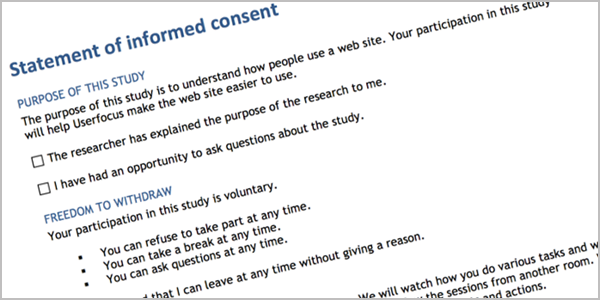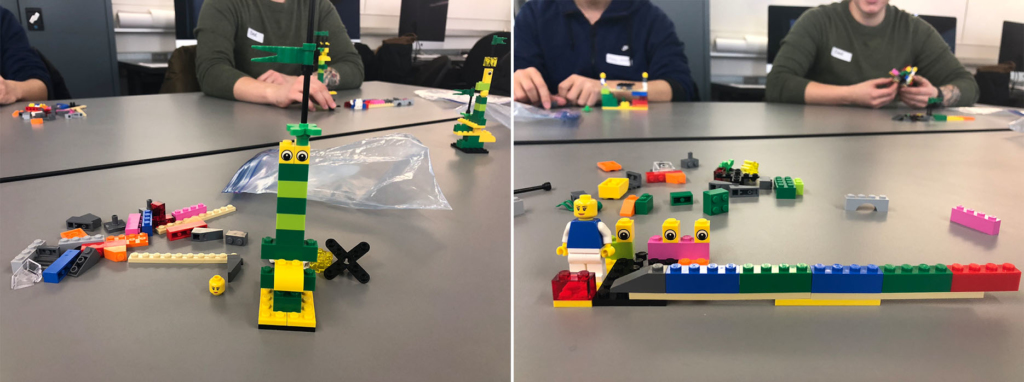Simulating Color Blindness for a More Accessible Interface
Choosing a good color scheme that follows best practices in design theory is a very important factor when creating a digital interface. It’s also important to design in ways that allow as many people as possible to access a product by taking into account the differing ways in which people perceive color. What is color […]
Simulating Color Blindness for a More Accessible Interface Read More »

